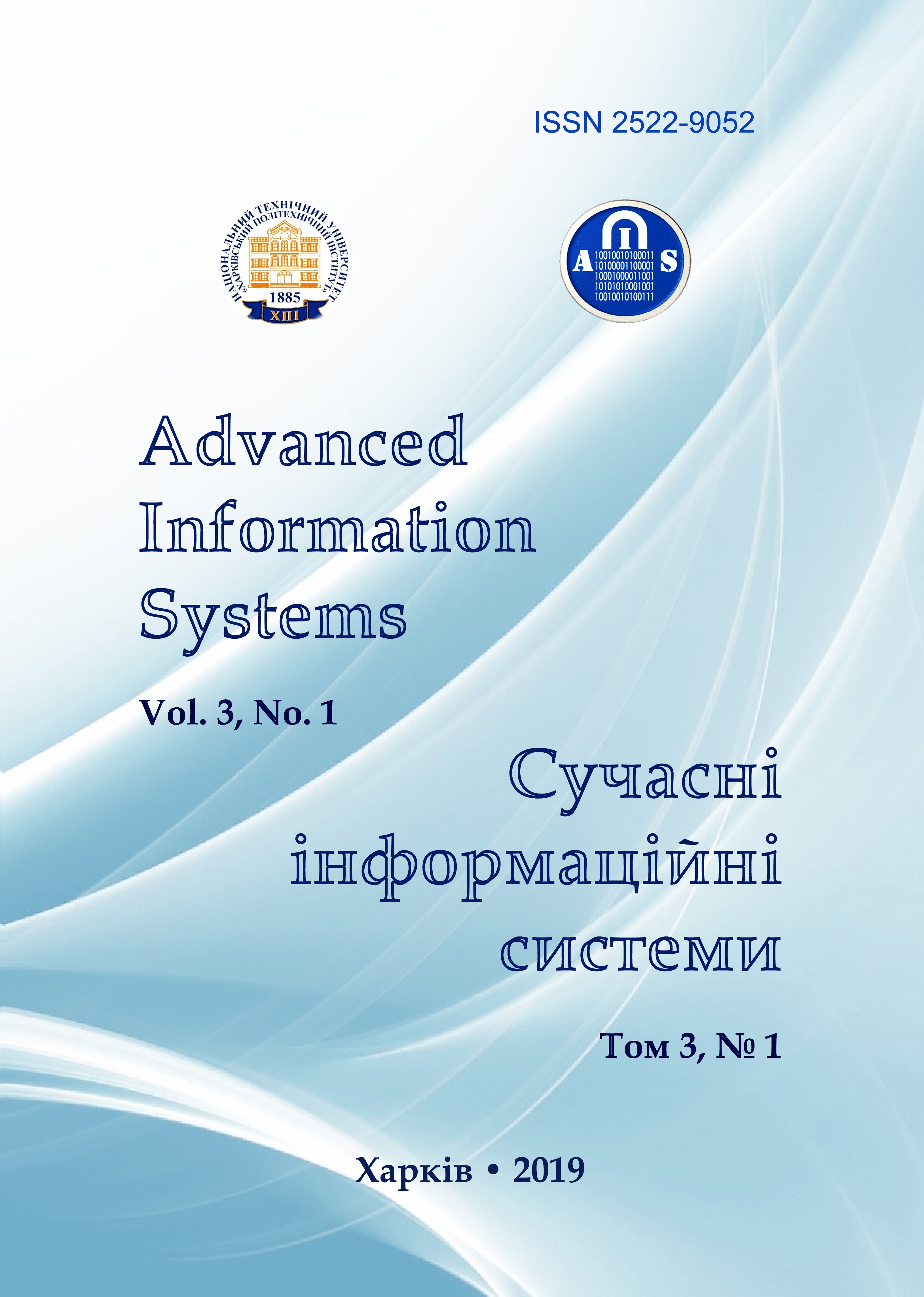Methodological and substantive features of training specialists for actions in conditions complex cyber influences
Main Article Content
Abstract
The subject of the study is the methodological and substantive basis of telecommunication systems cybersecurity and information security. The purpose of the article is to formulate the content and methodology of training specialists in cybersecurity to operate under conditions of complex cyber factors. Results. Destructive cyber-impacts become more complex, systemic and complex, and are accompanied by chain and synergistic effects. Practice proves that the key to effective cyber security and the state's cyber defense is the availability of effective, adequate, implemented concepts, strategies, plans and programs, as well as organizational measures, modern high-quality equipment and especially trained specialists in the required quantity. Their presence needs further development of the methodology of their preparation. The article deals with cyber attacks on various objects of critical state infrastructure, as well as personnel specific training in the security sector and tactical level defense in high-tech areas directly related to the use of ICTs and management systems. The conclusion is that the proposed methodological and substantive foundations of cybersecurity education, which are the further development of the theoretical foundations and practices of cyber education, provide the opportunity to gradual and continuous development and maintain the competence of cybersecurity and cyber defense graduates to perform assignments under current and expected conditions.
Article Details
References
Prysyazhnyuk, M. M. and Tsifra, E. I. (2017), “Features of providing cyber security”, Registration, storage and processing of data, Vol. 19, No. 2, pp. 61–68.
Danik, Yu. G. and Grischuk, R. V. (2016), Fundamentals of Cybernetic Security, ZNAMEU, Zhytomyr, 636 p.
Dioritsa, I. (2017), “Qualification Requirements for Cybersecurity Specialists”, Entrepreneurship, Economy and Law, No. 2, pp. 215-219.
Bystrov, B. V. (2017), “Features of the formation of the system of professional training of bachelors of cyber security in US universities”, Herald of Cherkasy University, No. 6, pp. 15–18.
Danik, Yu. G., Teleim, V. M. and Radetsky, V.G. (2009), “The Problems of Transformation of State Defense Structures and Improvement of the System of Military Education”, Science and defense, No. 1, pp. 15–16.
Vorobiyenko, P. P. (2001), “Concept of the generalized reference model of the interaction of open systems”, Electrosvyaz, No. 10, pp. 14–15.
Vorobiyenko, P. P. and Strukalo, M. I. (2003), “A Generalized Mathematical Model for the Interaction of Telecommunication Systems”, Electrosvyaz, No. 11. pp. 44–46.
Kuchuk, G.A. (2003), "Method of estimation of characteristics of ATM traffic", Information and control systems in the railway transport, No. 6, pp. 44-48.
Amin Salih, M., Yuvaraj, D., Sivaram, M. and Porkodi, V. (2018), “Detection And Removal Of Black Hole Attack In Mobile Ad Hoc Networks Using Grp Protocol”, International Journal of Advanced Research in Computer Science, Vol. 9, No 6, pp. 1–6, DOI: http://dx.doi.org/10.26483/ijarcs.v9i6.6335
Amin Salih M. and Potrus M.Y. (2015), “A Method for Compensation of Tcp Throughput Degrading During Movement Of Mobile Node”, ZANCO Journal of Pure and Applied Sciences, Vol. 27, No 6, pp. 59-68.
Saravanan, S., Hailu, M., Gouse, G.M., Lavanya, M. and Vijaysai, R. (2019), “Optimized Secure Scan Flip Flop to Thwart Side Channel Attack in Crypto-Chip”, International Conference on Advances of Science and Technology, ICAST 2018. Lecture Notes of the Institute for Computer Sciences, Social Informatics and Telecommunications Engineering, Vol 274, Springer, Cham, DOI: https://doi.org/10.1007/978-3-030-15357-1_34
Kovalenko, A.A. and Kuchuk, G.А. (2018), “The current state and trends of the development of computer systems of objects of critical application”, Systems of control, navigation and communication, PNTU, Poltava, No. 1 (47), pp. 110–113.
Kuchuk, G.A., Mozhaev, O.O. and Vorobyov, O.V. (2006), “The method of aggregation of fractal traffic”, Radioelectronic and computer systems, No. 6 (18), pp. 181–188.
Porkodi, V., Sivaram, M., Mohammed, A.S. and Manikandan, V. (2018), “Survey on White-Box Attacks and Solutions”, Asian Journal of Computer Science and Technology, Vol. 7, Issue 3, 2018, pp. 28–32.
Gorbenko, Yu. I. and Hansa, R. S. (2014), “Analysis of stability of post-quantum cryptosystems”, Applied electronics,
Vol. 13, No. 3, pp. 268–274.
